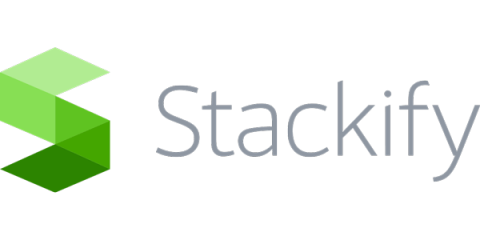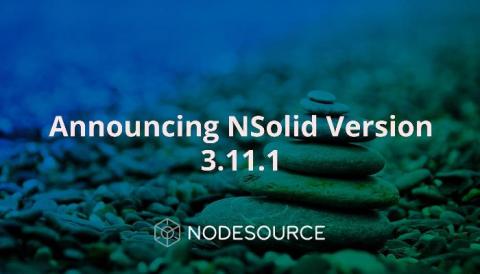RBAC - Role Based Access Control
Last week, we announced NSolid 3.11.1, which introduces Role Based Access Control along with support for Node.js Erbium v12.16.2 and Dubnium v10.20.1. You can read here for more information. NodeSource’s Role Based Access Control feature empowers Org Admins to create, define, manage and assign roles that provide access privileges to distinct user-actions and/or views in the NSolid Console and accounts.nodesource.com.










